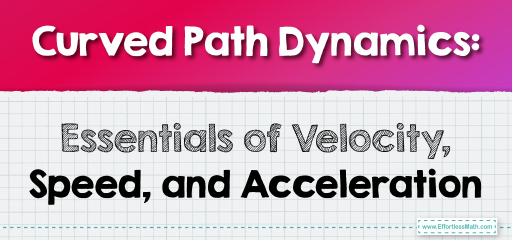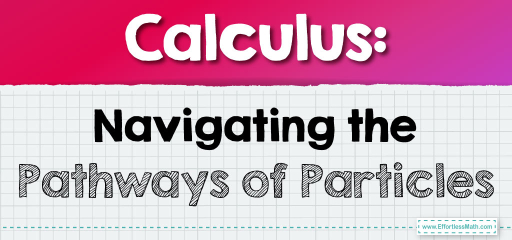
Curved Path Dynamics: Essentials of Velocity, Speed, and Acceleration
Velocity along a curve is the derivative of a position vector function \(\mathbf{r}(t)\), providing direction and magnitude. Speed is the scalar magnitude of velocity, calculated as \(|\mathbf{r}'(t)|\). Acceleration is the derivative of velocity, \(\mathbf{r}”(t)\), indicating changes in velocity’s direction or speed. In curved motion, acceleration has tangential (speed changes) and normal (directional changes) components. These […]

Calculus: Navigating the Pathways of Particles
Calculus plays a pivotal role in physics by modeling particle motion, enabling the prediction and analysis of trajectories under various forces. By applying differential equations, calculus helps describe velocity and acceleration over time, translating complex physical phenomena into solvable mathematical problems. This not only enhances understanding of motion dynamics but also aids in designing experiments […]